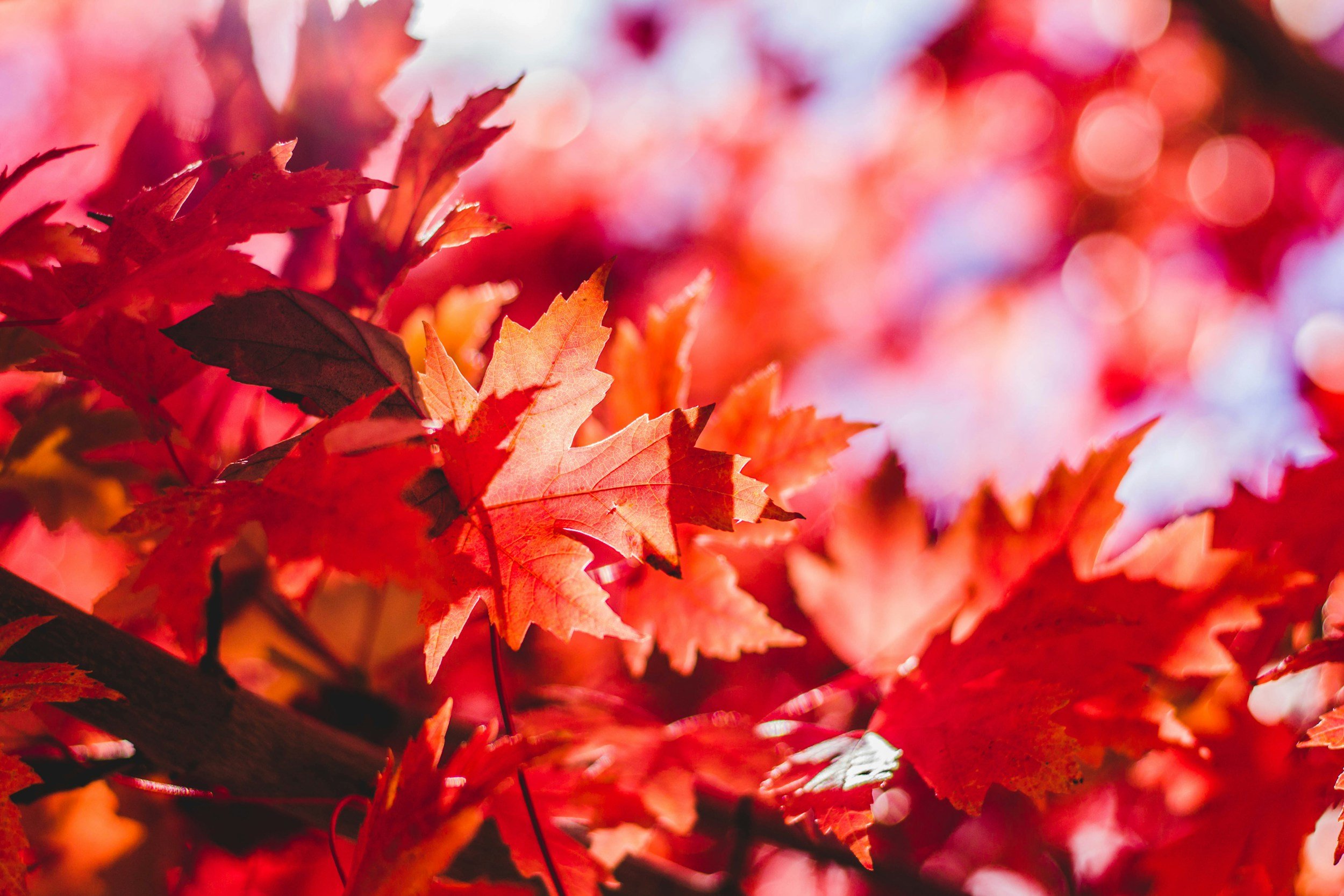
Usha Pana Chikitsa: The Ayurvedic Practice of Drinking Warm Water
What is Ushna Pana Chikitsa? Ushna Pana Chikitsa, or the practice of drinking warm water, is a fundamental aspect of Ayurvedic daily routine (Dinacharya) and seasonal regimen (Rtucharya). This simple yet powerful practice involves drinking a glass of warm water early in the morning.

Harnessing the Power of Ayurveda: Creating Weekly Rhythms for Balance and Well-being
In our fast-paced world, finding balance and maintaining well-being can often feel like an elusive goal. However, by aligning our daily routines with the natural rhythms of the week, we can create a harmonious lifestyle that supports both our physical and emotional health. Ayurveda, the ancient science of life, offers profound insights into how we can achieve this balance through Dinacharya (daily routines) and Rtucharya (seasonal routines).

Breathe Easy: Comprehensive Instructions for Jala Neti Practice
Jala Neti (nasal cleansing with water) is a recommended practice in Ayurveda for clearing the nasal passages and improving respiratory health. It is considered a part of the broader purification (Shodhana) practices in Ayurveda, particularly under the category of Shatkarma (six purification methods), which are crucial for maintaining balance in the body and mind. Here's a detailed breakdown of how Jala Neti is recommended based on the three main doshas (body types) in Ayurveda: Vata Prakrti, Pitta Prakrti, and Kapha Prakrti as well as their combinations.

The Role of Water in Ayurveda
In Ayurveda, water intake plays a crucial role in maintaining the balance of the dosha (Vata, Pitta, and Kapha) and supporting the digestive fire, known as Agni The quality, quantity, and timing of water intake can significantly influence digestion, absorption, and overall health. Here is a deeper exploration of water consumption based on authentic Ayurvedic wisdom:

Autumn Ayurveda: Balancing Pitta and Vata Dosha
As the vibrant hues of summer fade into the cooler tones of autumn, our bodies, too, undergo a significant transition
According to Ayurvedic wisdom, autumn is a season where accumulated Pitta dosha (the fire and water element) and rising Vata dosha (the air and space element) both are apparent in the body. This dual influence can manifest as dryness, coldness, and instability, both physically and emotionally.

Ama and Pachana in Ayurveda
In Ayurveda, "Ama" refers to undigested food or toxic residue that accumulates in the body due to improper digestion. Physically, ama manifests as a sticky, foul-smelling substance that can clog bodily channels (srotas) and lead to various health issues. It is often associated with symptoms such as lethargy, heaviness, coating on the tongue, indigestion, and a general feeling of malaise.

The Power of Rituals: Nourishing Body, Mind, and Soul
Rituals have been an integral part of human life for centuries. From the grand ceremonies of ancient civilizations to the quiet habits we practice daily, rituals shape our experiences, provide meaning, and offer a sense of stability.

Calm Renewal: Ayurvedic Harmony for Menopause Amidst Chronic Stress
In the journey of life, menopause is a natural milestone, yet for many, it’s a period marked by an array of symptoms that can be amplified by the presence of chronic stress. It’s a time when the body’s natural rhythms undergo significant change, and the need for balance becomes more crucial than ever.

Exploring the Synergy of Ayurveda and Yoga: Sister Sciences
In the realm of holistic wellness, Ayurveda and Yoga stand as timeless pillars of wisdom, offering profound insights into health, harmony, and spiritual well-being. Rooted in ancient Indian tradition, these sister sciences share a common lineage and a deep interconnectedness that transcends time and space.

Embrace Lunar Energy with the Moon Salutation in Yoga
In a world where balance between masculine and feminine energies is increasingly sought after, the resurgence of interest in the Moon Salutation signifies a collective awakening to the power and importance of embracing the feminine aspect of yoga. As we strive for harmony in our external reality, we recognize the inherent strength and wisdom in nurturing and honoring the feminine within ourselves and in the world around us. Now, more than ever, is the time to delve deeper into practices like the Moon Salutation, allowing its gentle grace to guide us on a journey of empowerment, self-discovery, and profound transformation.

Embracing Yoga: A Journey Beyond Asana
For most of us, asana or postures are our first invitation into the teachings of Yoga. I remember my very first teacher and my first class (Iyengar Yoga with Felicity Goodson) and how much emotion came up with the sequences. That was what surprised me the most. I had been doing gym work and gym classes for years…So what an earth was so different about this yoga thing that I could hardly get through the class because I was overwhelmed by anger? What on earth had I uncovered?

Understanding When to Stop ‘Doing’ Using Polyvagal Theory
In today's fast-paced world, stress has become an ever-present companion, affecting our physical, mental, and emotional well-being. However, amidst the chaos, there lies a beacon of hope in understanding the intricate workings of our nervous system through the lens of Polyvagal Theory, as championed by Deb Dana in her illuminating work, "The Polyvagal Theory in Therapy."

Exploring the Earth Element in Ayurveda: Understanding its Connection to Kapha Dosha and Apana Vayu
In the ancient holistic system of Ayurveda, the Earth Element (Prithvi Mahabhuta) plays a vital role in maintaining balance and harmony within the body and mind. Associated with stability, solidity, and nourishment, the Earth Element is closely linked to Kapha Dosha, one of the three fundamental energies governing our physiological and psychological functions.

Calm Renewal: Ayurvedic Harmony for Menopause Amidst Chronic Stress
In the journey of life, menopause is a natural milestone, yet for many, it’s a period marked by an array of symptoms that can be amplified by the presence of chronic stress. It’s a time when the body’s natural rhythms undergo significant change, and the need for balance becomes more crucial than ever.

Unraveling the Ties Between Stress and Insomnia: A Neuroplastic Approach to Restful Nights
Research consistently demonstrates that chronic stress is a significant risk factor for insomnia. Stress activates the body's stress response system, leading to heightened arousal, increased levels of stress hormones such as cortisol, and alterations in neurotransmitter activity that can disrupt sleep patterns. Additionally, stress-related cognitive and emotional arousal can contribute to difficulty falling asleep, staying asleep, and obtaining restorative sleep, thereby perpetuating the cycle of insomnia.

Harmonizing Vitality: The Art and Science of Marma Point Activation in Ayurveda
In Ayurveda, the decision to activate Marma points is based on the individual's unique constitution (Prakriti), current state of health (Vikriti), and specific therapeutic goals. Marma points are chosen based on their location, associated functions, and the desired effects of stimulation. The following explains why one would decide to activate Marma points and how they are chosen, drawing from authoritative Ayurvedic texts:

Finding Light in the Shadow of Chronic Pain
“How often are you having migraines?” the nurse inquired, his voice a beacon of concern in the dimly lit emergency room. With my eyes clenched shut to shield them from the piercing light, I whispered back, “Every day,” my voice barely rising above the nausea that threatened to overwhelm me. He suggested a scan, and though I wanted to express my gratitude for his willingness to delve deeper, I could only nod, my heart heavy with hope for some help.

Understanding Tightness: Exploring Its Role Beyond Injury
As someone who has delved into the intricate web of body mechanics through personal experience and interactions with countless individuals on yoga mats and massage tables, I've come to appreciate the nuanced relationship between tightness and movement. Contrary to popular belief, tightness is not merely a precursor to injury but rather a strategic mechanism orchestrated by our nervous system to optimize our habitual movements and postures.

From Fear to Freedom: Navigating Chronic Pain with Titration
One of the significant obstacles I often observe in people's yoga practice is the tendency to avoid specific movements that evoke discomfort or pain, even long after an injury has healed. To clarify, I'm referring to neuroplastic pain, which can lead to ongoing discomfort or even debilitating pain, ultimately diminishing one's ability to engage in the practice over time.
It's time to explore the transformative power of titration in Pain Reprocessing Therapy. 🧘♂️💫

Understanding Pain Catastrophizing: A Guide Towards Healing
Living with chronic pain can feel like navigating an endless maze with no exit in sight. As someone who has been through the relentless cycle of pain, I understand how it can consume your thoughts, emotions, and daily life. However, there's a concept in pain psychology called "pain catastrophizing," which sheds light on why some of us experience pain more intensely than others.
